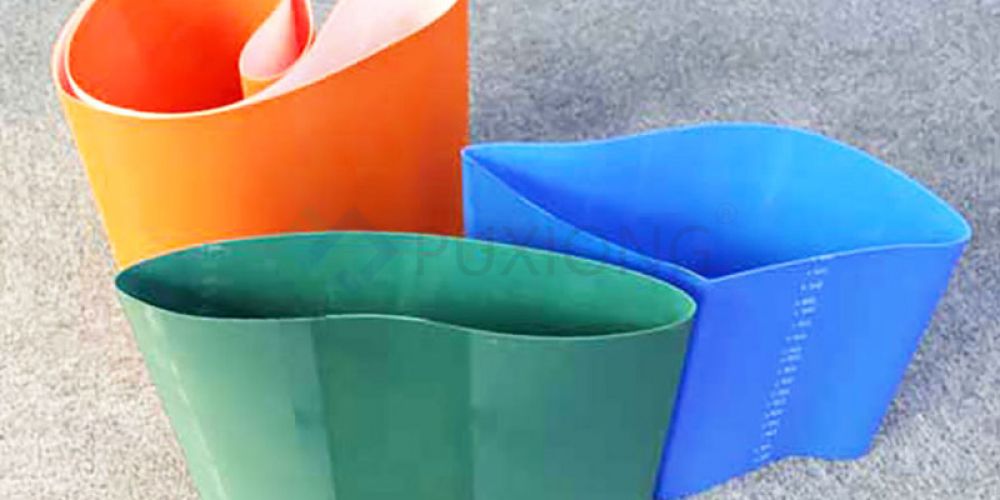
I. Common Materials for Industrial Belts and Their Characteristics
1. Rubber
Rubber belts are known for their good elasticity and wear resistance, making them suitable for heavy-load, high-friction transmission scenarios. However, prolonged exposure to high temperatures or chemical solvents can accelerate rubber aging, reducing their service life.
2. Polyurethane (PU)
Polyurethane belts are renowned for their high strength, oil resistance, and hydrolysis resistance. They are widely used in industries such as food and textiles. These properties enable PU belts to maintain a longer service life in specific working environments.
3. Polyester (PET) and Nylon (PA)
Polyester and nylon belts are valued for their high tensile strength and fatigue resistance, securing their role in heavy-duty transmission systems. They can withstand heavy loads and frequent starts/stops, thereby extending their service life.
II. Impact of Material on Service Life
1. Physical and Chemical Properties
Different materials for industrial belts exhibit distinct physical and chemical properties, which directly determine their performance in different working environments. For example, rubber belts age faster under high temperatures or chemical exposure, while polyurethane belts remain relatively stable.
2. Wear Resistance
Wear resistance is one of the key indicators for evaluating the service life of industrial belts. Materials with higher wear resistance, such as polyurethane and nylon, retain optimal performance over extended use, thereby prolonging service life.
3. Corrosion Resistance
In special environments with corrosive gases or liquids, materials with superior corrosion resistance (e.g., polyurethane) can minimize corrosion-induced damage, enhancing service life.